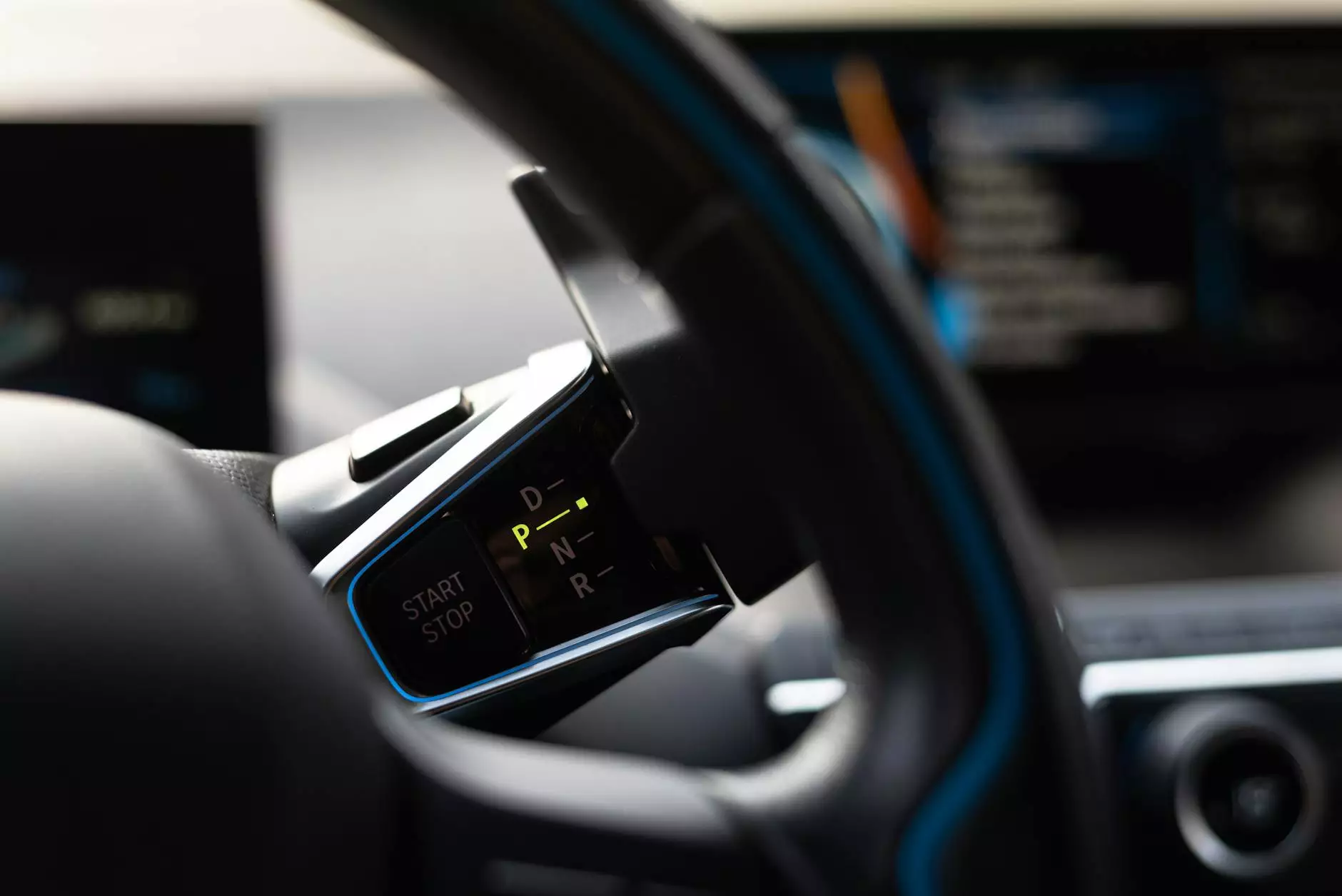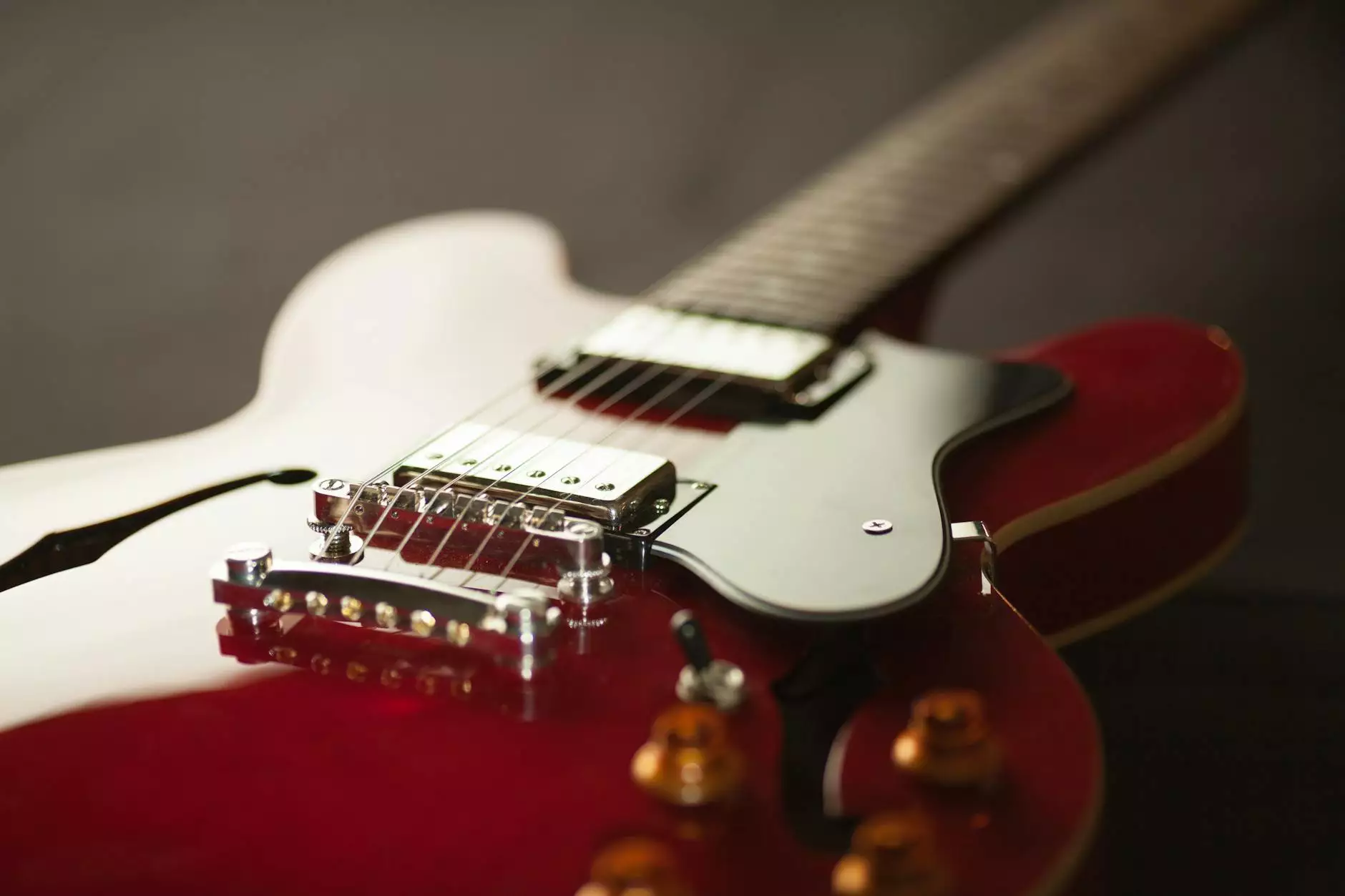Understanding the Dual Clutch Gearbox: Revolutionizing Automotive Performance

The automotive industry has witnessed several innovations over the years, but few have transformed vehicle dynamics quite like the dual clutch gearbox. This advanced transmission technology has become synonymous with high-performance driving, offering rapid gear shifts and improved fuel efficiency. In this comprehensive article, we will delve deep into the mechanics, benefits, and practical applications of dual clutch gearboxes, thereby equipping you with essential knowledge about this fascinating component of modern vehicles.
What is a Dual Clutch Gearbox?
A dual clutch gearbox (DCG) is a type of automated transmission that utilizes two separate clutches for odd and even gears. This clever design allows for quick gear changes without significant power loss, making the driving experience both smooth and exhilarating. Unlike traditional automatic transmissions that use a torque converter, a dual clutch system engages and disengages gears seamlessly, resulting in minimal interruption to power delivery.
How Does It Work?
At the heart of the dual clutch gearbox is its unique structure:
- Two Clutches: One clutch operates the odd-numbered gears (1, 3, 5), while the other handles the even-numbered gears (2, 4, 6). This enables pre-selection of the next gear, allowing for exceptionally quick shifts.
- Microprocessors: The system is controlled by sophisticated electronics that manage clutch engagement and gear changes based on driving conditions and driver input.
- Dual Input Shafts: Each clutch is connected to its respective input shaft, allowing one gear to be engaged while the other is pre-selected. This reduces the time taken to shift gears significantly.
Advantages of Dual Clutch Gearboxes
The dual clutch gearbox offers a plethora of advantages that make it a favorite amongst car manufacturers and driving enthusiasts alike. Here are some key benefits:
1. Enhanced Performance
One of the most notable benefits of a dual clutch gearbox is its enhanced performance output. Rapid gear shifts mean that torque is delivered more efficiently, providing a driving experience that feels more powerful and responsive. This capability is particularly appreciated in high-performance sports cars, where every millisecond counts.
2. Improved Fuel Efficiency
Due to its design, the dual clutch system minimizes energy loss during gear changes, which translates into better fuel economy. Vehicles equipped with dual clutch gearboxes can often outperform their traditional automatic counterparts in terms of miles per gallon (MPG).
3. Greater Control
Many dual clutch systems come with a manual mode, allowing drivers to select gears manually if they desire a more engaging driving experience. This balance of automation and control enhances the overall driving pleasure.
4. Smooth Driving Experience
Since gear changes occur more smoothly without the jarring sensation sometimes found in traditional automatics, the dual clutch gearbox provides a more refined driving experience, whether in stop-and-go traffic or on the open road.
5. Lightweight Design
Most dual clutch gearboxes are lighter than their automatic counterparts due to their simpler design. The reduced weight contributes further to better handling and performance.
Applications of Dual Clutch Gearboxes
The versatility of the dual clutch gearbox has led to its adoption in various types of vehicles, from everyday sedans to high-end sports cars. Here are some common applications:
1. Performance Vehicles
Sports cars and performance-oriented vehicles often employ dual clutch technology to maximize acceleration and power delivery. Brands like Porsche, Audi, and Volkswagen have successfully integrated these gearboxes into their flagship models.
2. Luxury Sedans
Luxury vehicles utilize dual clutch gearboxes to offer a more upscale driving experience. The seamless gear changes enhance the feeling of refinement and comfort that luxury car buyers expect.
3. Compact Cars
Many compact and subcompact cars are now equipped with dual clutch systems, as they provide a way to deliver both performance and efficiency without the complexity and weight of a traditional automatic transmission.
Challenges and Considerations
While the dual clutch gearbox provides many benefits, it is not without its challenges. Here are some factors to consider:
1. Complexity and Cost
The technology behind dual clutch gearboxes can be more complex than traditional transmissions, leading to potential maintenance concerns. They can also be more expensive to manufacture and repair, which may increase the overall cost of ownership.
2. Morning Traffic
Some drivers have reported that dual clutch systems can behave differently in stop-and-go traffic compared to traditional automatic transmissions. There may be a learning curve to optimally navigate low-speed situations.
3. Limited Torque Handling in Some Models
While many dual clutch gearboxes can handle high power outputs, some are not designed to manage the torque from powerful engines, which can limit their application in certain high-performance vehicles.
Maintenance of Dual Clutch Gearboxes
Proper maintenance is crucial for ensuring the longevity and performance of your dual clutch gearbox. Here are some maintenance tips:
1. Regular Fluid Changes
Like all transmission systems, dual clutch gearboxes require regular fluid changes to ensure optimal operation. Follow the manufacturer’s recommendations regarding fluid types and change intervals.
2. Computer Diagnostics
Utilize computer diagnostics to keep an eye on the health of your gearbox. Regular checks can help identify issues before they become significant problems.
3. Professional Servicing
Due to the complexity of dual clutch systems, it’s advisable to have them serviced by qualified professionals who understand the intricacies of this technology.
Future of Dual Clutch Gearboxes
As automotive technology continues to evolve, the dual clutch gearbox is likely to play a significant role in the future of driving. Innovations in electric vehicles (EVs) and hybrids might integrate dual clutch systems for enhanced performance and efficiency. As manufacturers strive for weight reduction and higher fuel efficiency, dual clutches present a path forward.
Conclusion
The dual clutch gearbox has revolutionized the automotive landscape, offering unparalleled performance, efficiency, and driving pleasure. As technology continues to develop, we can expect to see further advancements in dual clutch systems, solidifying their position as a preferred choice for automakers and drivers alike.
For those looking to experience the benefits of dual clutch technology, it is critical to stay informed about your vehicle's transmission and seek out quality parts and supplies from reliable sources, such as Shenghai Auto Parts. Embracing this technology is not just a trend—it's a pivotal shift in the evolution of automotive engineering.









